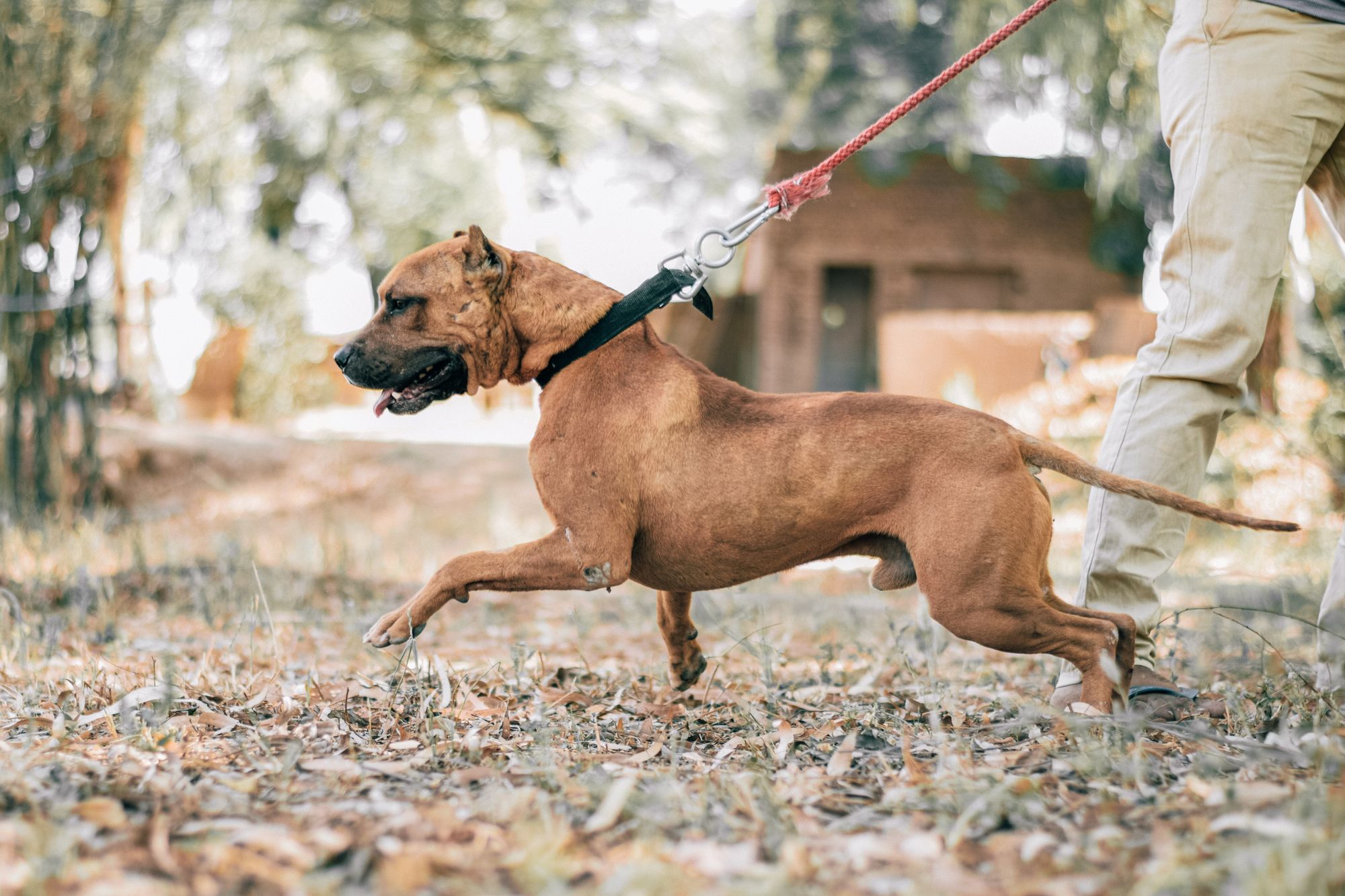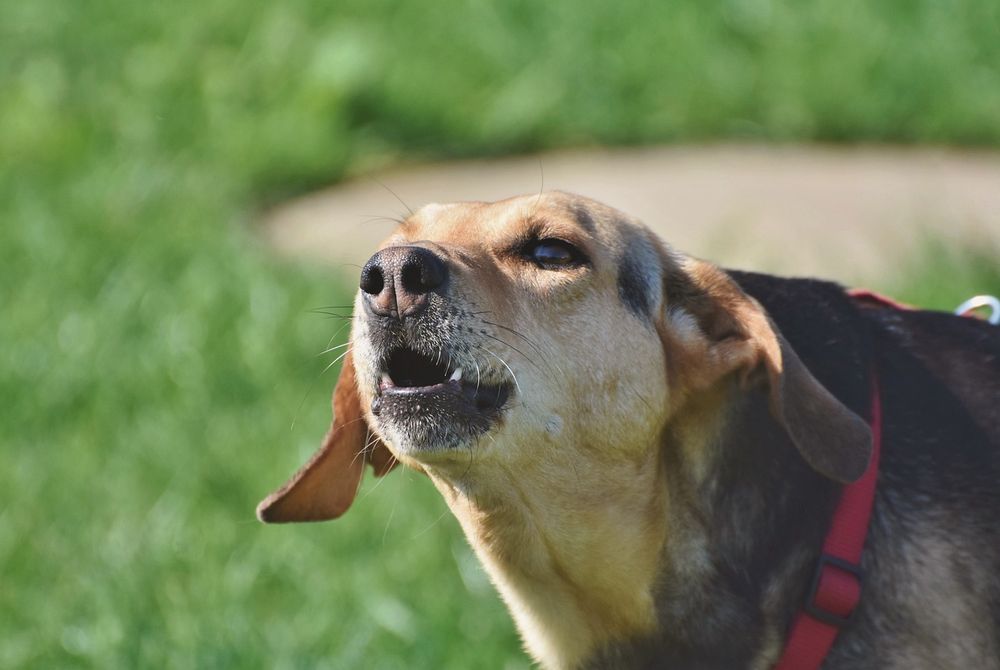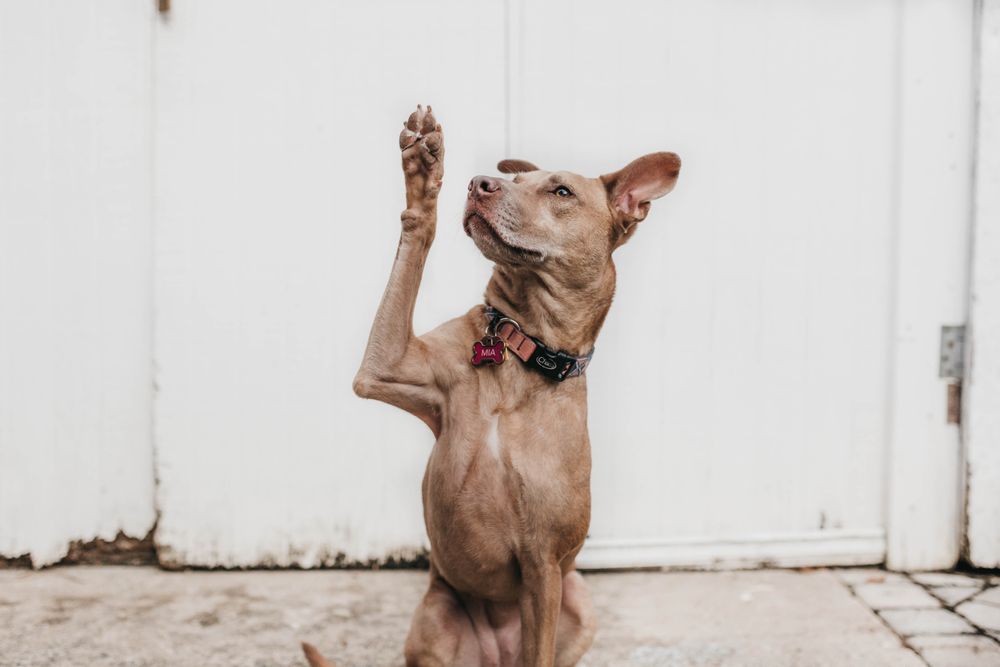Being able to go on a nice, leisurely walk with your dog is one of the perks of being a pet parent. No one wants to be pulled down the street! To help you leash train your dog, this article will explain:
- Why leash training is important
- How to prevent your dog from pulling on their leash
- Frequently asked questions about leash training a dog
Let's get started!
Why is leash training important for your dog?
Teaching your dog to walk on a leash is important because doing so can help keep them safe when walking in crowds or encountering other animals. And, walking a dog who doesn’t pull is a lot more enjoyable to walk than one who does.
What is the "Magic zone"?
The "Magic zone" is the area right beside you - usually by your knee, hip, or ankle, depending on your height and your pup’s size. Having your dog walk in the “Magic zone” is the objective because, when they’re beside you, they won’t be pulling ahead. To help your dog master loose leash walking in the “Magic zone”, provide them with a steady stream of rewards throughout the walk.
How to prevent your dog from pulling on their leash
To help prevent your dog from pulling on their leash during walks there are a few things you can do:
- Purchase a sturdy leash. We recommend purchasing a 4 to 6 foot, non-retractable leash such as this ZippyPaws rope leash . This will ensure your dog is secure and can’t get too far ahead of you on walks.
- Walk quickly. If your pup is focused on keeping on with you, they’ll be less focused on trying to get ahead of you and make it easier for you to maintain a loose leash while walking.
- Switch directions often. If your pup thinks you always walk straight ahead, they are more likely to be out in front of you. Turn your pup into a vigilant backseat driver by being unpredictable! Once you switch directions, your pup will go from being in front of you to behind you…Clever, right? Get in the habit of making swift, unpredictable turns and your pup will be forced to pay more attention to you, which means less attention will be spent trying to get out as far in front of you as possible.
- Reward regularly. Outside, you are probably less interesting than everything else around you. You can build your interest-factor by using positive reinforcement and becoming a periodic dispenser of good things as soon as you hit the sidewalk. You don’t have to reward them for walking well. Instead, simply give them treats (like small pieces of lamb lung) throughout the walk. This will keep them focused on you and result in a nice walk without you even having to focus on it.
- Reward your dog in the “Magic zone.” This is usually the area by your knee, hip, or ankle, depending on your height and your pup’s size. It’s important to deliver positive reinforcement and the reward where you want your pup to be.

Frequently asked questions about leash training a dog who pulls
How long does it take to train a dog not to pull?
Every dog is different, and changes won't happen overnight, but if you stay patient and are consistent with your walking technique (walk quickly, change direction often, reward often and in the magic zone) you'll see improvements.
What type of collar should I use to walk my dog?
A head halter (otherwise known as a head collar) is a wonderful leash walking tool for heavy pullers and reactive dogs. The halter is designed to reverse the behavior (i.e. dog pulls or lunges, but ends up being pulled backwards-so behavior doesn't work). It can take time to condition a dog to wear one comfortably, so introduce the halter slowly to ensure your dog develops a good association with the halter.
As a reminder, never use shock collars, prong collar, or bark collars with your dog. These collars are inhumane and can injure your dog. Read more about the risks and downsides of shock, prong and bark collars from leading organizations such as Best Friends Animal Society, the ASPCA and the Humane Society of the United States.
How do you respond to a dog pulling on a leash?
Walk fast and change directions often! You might be the coolest thing inside your home, but outside it’s a different story. The excitement of being outside, or the anticipation of sniffing a new tree or bush, can result in your dog trying to pull ahead and leave you. By picking up the pace, and unexpectedly changing direction, your dog will be forced to pay closer attention to you and spend less time trying to pull ahead.
How do I teach my dog to walk beside me and not pull?
Teach your dog to walk in the “magic zone”. This is usually the area by your knee, hip, or ankle, and depends on your height and your dog’s size. To teach your dog to walk in the “magic zone” give your dog a treat or other reward every time they’re in the “magic zone”. We like to use tiny pieces of lamb lung as a reward because they’re easy to break up and delicious (so we’re told)!
Over time, and through this positive reinforcement technique, your dog will stop pulling because they’ll come to expect rewards in the “magic zone” and stay close to you because doing so results in delicious treats!




